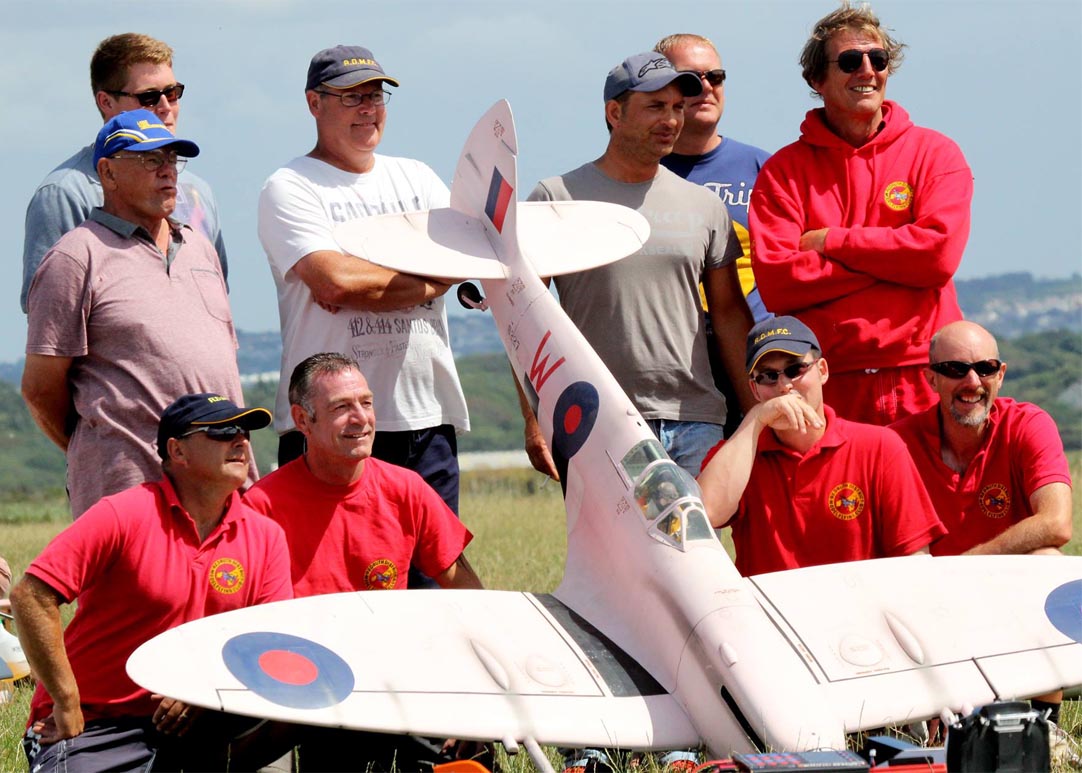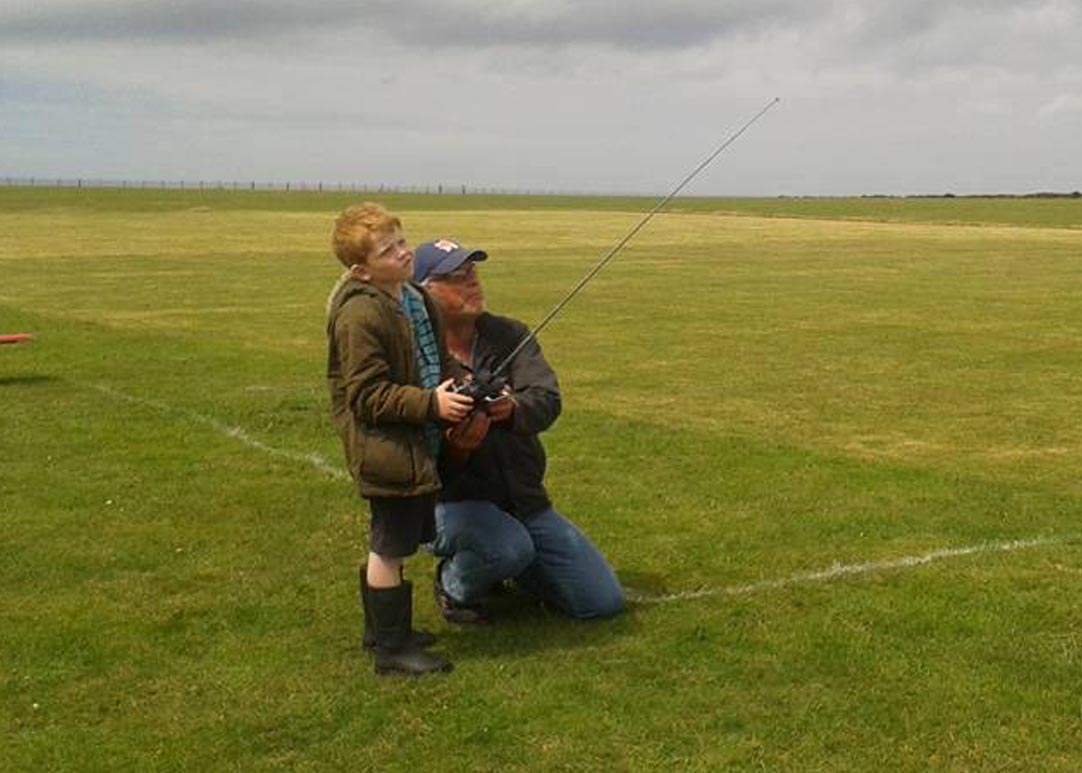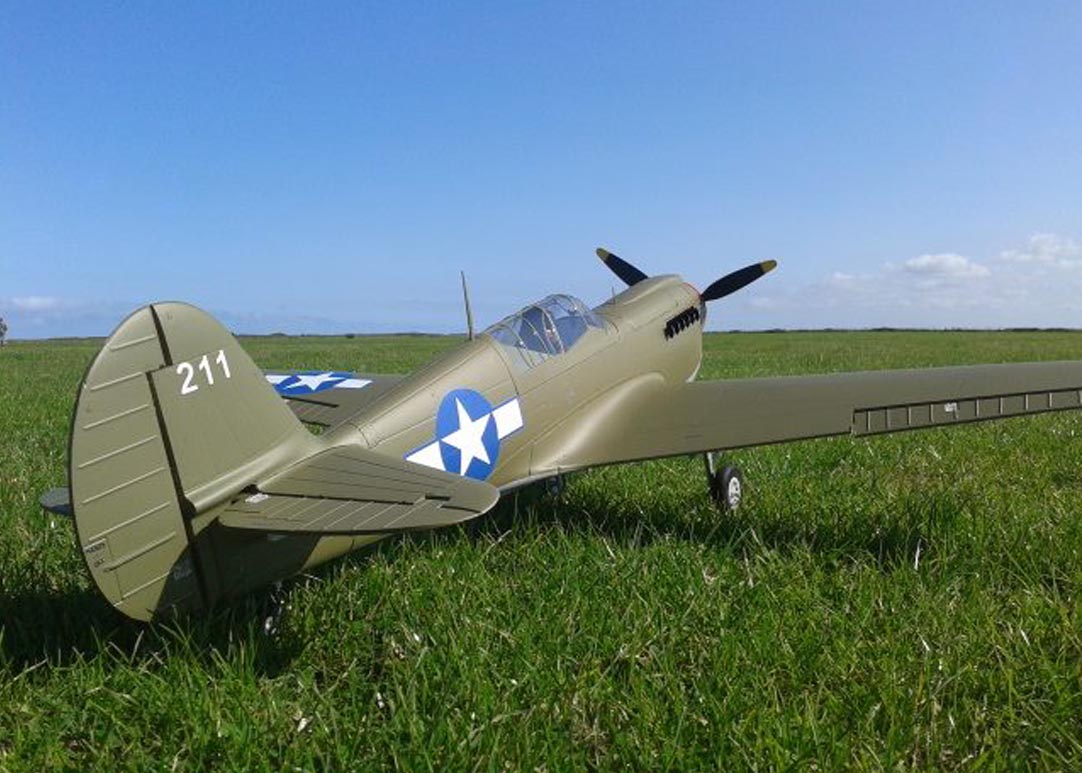The flying field will be under the control of the committee members. In the event of no committee members being present, club members and their guests will be expected to follow these simple safety rules.
- If you wish to fly as a GUEST, please request permission from the Club Committee using the Contact Us
- Potential new members have a 3-day trial period. However, they must be accompanied by the club members.
- Models should be started and tested at a safe distance from the parking area, at least 2 metres.
- Members or guests should have proof of current, valid insurance available whenever using the club site. The club reserves the right to request sight of these documents if necessary.
- Cars using the field must be parked at the edges of the field away from the upwind or downwind leg of the runway. The club accepts no responsibility for vehicles or their contents and is left at the owner's discretion.
- Control line model operation will occur at a safe and reasonable distance from the flight line to keep disciplines separated. This will not be up or downwind of the radio-controlled runway at any time.
- Aircraft should be flown from the pilot's box, not from the pits or the no fly zones. Aircraft should not be taxied to or from the pits, unless permission has been granted. This is primarily to accommodate large or heavy aircraft which would otherwise be nonviable.
- Novice flyers are not to fly solo on club sites unless accompanied by an experienced pilot or authorised by an examiner or during their "A" test.
- All models should comply with the DOE's code of practice regarding restricting noise from model aircraft. This states that engine/prop noise should not exceed an average of 82 dB measured at 7 metres at the four compass points. The club reserves the right to conduct noise checks and stop any excessively noisy aircraft from operating. It also reserves the right to conduct frequency checks on 35MHz systems if the channel "bleed over" is suspected and inspect both 35MHz and 2.4GHz transmitters for the correct UK compliance markings.
- All fixed-wing aircraft will be fitted with a spanner or domed prop nut with a minimum radius of 7.5mm.
- No pilot will operate an aircraft without the frequency being indicated as set out in rule 12
- A frequency peg system will be used for 35MHz systems. The system adopted by the club in September 2009 will be PEG ON. The preferred method is a clothes peg attached to a small square of ply (50mm by 20mm). The pilot's name will be printed on it in black felt tip. In the event the pilot's peg is not available, car keys may be hung on the peg as a temporary measure. 27MHz splits may be used at the discretion of members.
- No member will hold a frequency peg for over 20 minutes.
- Only 35MHz and 2.4GHz systems will be used for public displays. Pilots flying in displays must hold a BMFA "B" certificate.
- Whilst the club will seek to institute procedures to minimise the risk of radio interference caused by bad radio discipline, it is a condition of membership that the club accepts no responsibility for damage caused to members' models by radio interference and/or pilot error.
- During mixed flying, helicopters must not hover for long periods over the main fixed-wing runway. Members will designate an area where this may take place. However, helicopter pilots may use the main runway to take off and land if they intend to fly circuits.
- Members flying aircraft to exhibition standards or requesting exclusive air space should be granted this consideration. The pilots in attendance at the time will organise this.
- Any person undertaking instruction or flight training should be aware of the club Flight Instruction Policy provisions and, in particular, have a copy of the BMFA booklet UP and AWAY.
- Flying alone should be avoided if at all possible.
- No flying at any time or under any circumstances when horses are on the field.
- All rubbish and litter must be disposed of correctly and not left in the field.
- If all Full Sized Aircraft looks as though it is flying low over the field then if it seems the flying model is above the aircraft then it should land as soon as possible.
- Always be vigilant and listen out.
- Spectators should call out that a Full Sized Aircraft is in the area.
- Never try to manouever away from the Full Sized Aircraft.
- It is advisable to land in the appropriate manner if there is a Full Sized Aircraft.
- 27. Under no circumstances should there be flying during patch maintenance.

.JPG)






